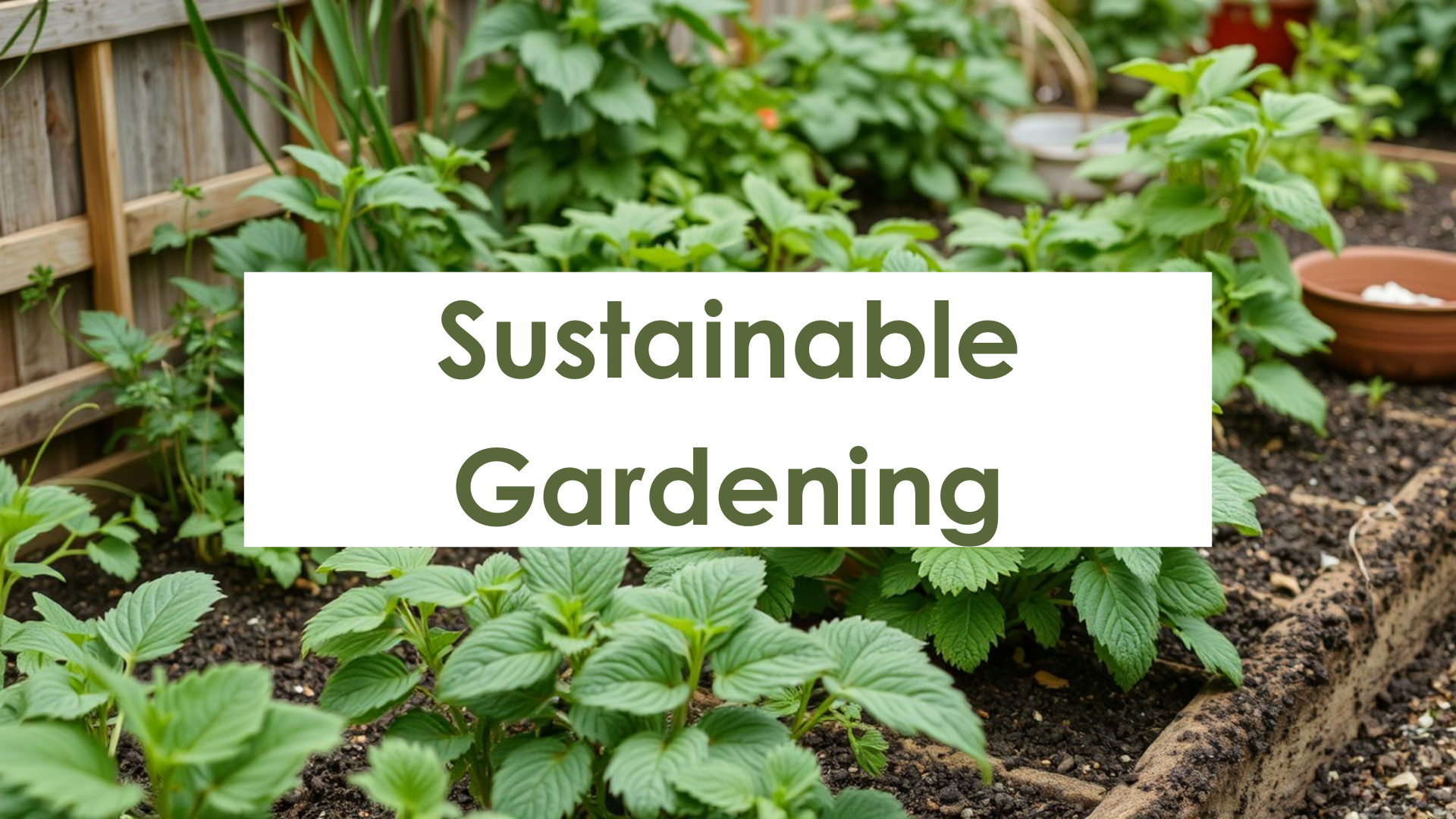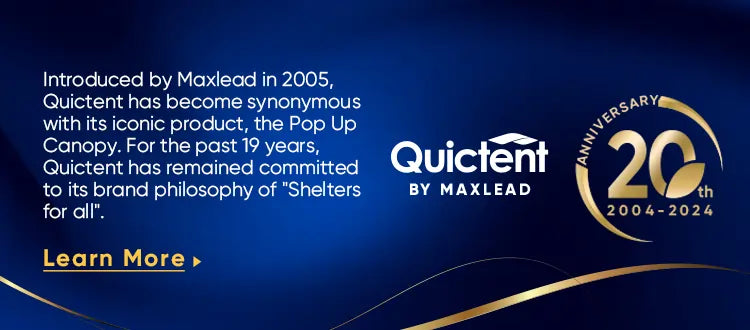In 2025, the idea of the sustainable gardener is no longer one of a fringe group of enthusiasts, but a must in and of itself for those seeking to tend to crops or make spaces beautiful. The purpose of this article is to present an ecology-based guide to sustainable gardening, providing environmentally sound solutions that can be used by gardeners of any experience level, from seasoned expert to beginner gardening enthusiast. We will teach you how to grow a successful garden with as little environmental impact as possible, embracing eco-friendly gardening practices.
Why Sustainable Gardening Matters
Traditional gardening practices, although effective for short periods, may have adverse effects on the planet. Uncontrolled application of synthetic nitrogen and phosphorus fertilizers and pesticides causes soil and water contamination, and over-exploitation of water depletes rare resources. Such practices are frequently disruptive to ecological integrity, harming beneficial insects and native wildlife. The good news is that there are gardening solutions that can avoid all of these negative outcomes. Adhering to the “grow green” philosophy, all gardeners possess the capability to generate meaningful change. Selecting eco-friendly gardening practices contributes to carbon sequestration, more sustainable ecosystems, and a reduced carbon footprint. By embracing these techniques, we not only benefit our own gardens but also contribute to a larger global effort to combat climate change.
Universal Eco-Friendly Gardening Tips
Composting
The process of transforming kitchen and yard waste into nutrient-rich compost is essential to any organic gardening for beginners' journey. This technique not only diminishes landfill waste but, in addition, it improves the quality of garden soil, supplying nutrients that promote root development. When you set up a compost bin or stack of composting materials, you are in effect converting all organic matter into gardening solutions, minimizing the use of synthetic fertilizers, and improving soil health. Sustainable gardening hacks also include creating specialized compost teas to nourish your plants.
Water Conservation
Water is a too valuable commodity to be used unwisely while mulching is a simple yet highly effective method. Layering organic material (straw or wood chips) over the tops of plants provides benefits such as soil moisture conservation, evaporation minimization, as well as weed control. Rainwater harvesting using rain barrels to collect water from downspouts is considered as this could be used to water your garden and embrace eco-friendly gardening practices. Drip irrigation is yet another water-efficient gardening technique providing water to the plant roots, which reduces evaporation.
Pest and Disease Management
Prefer to use natural approaches to pest and disease control, rather than chemical pesticides, and instead seek out gardening solutions that are safe for the ecosystem. Companion planting refers to the growing of certain plant associations in combination, as some plants can help protect others against pests. Promote beneficial insects such as ladybirds and lacewings by growing certain flowers that will attract them; these can serve as natural enemies of garden pests. Home repellents based on neem oil or soapy water can be extremely effective in repelling infestations without harming the environment, an important eco-friendly gardening practice.
Soil Health
Do not use synthetic fertilizers which can damage soil microbiota and cause nutrient imbalances. Concentrate on the natural improvement of your soil, using compost, aged manure, and cover crops, a crucial part of organic gardening for beginners. No-till gardening is another gardening technique to be considered; by minimizing soil disturbance, you can defend soil structure and foster the development of beneficial soil organisms that thrive in warmer conditions. Besides, soil testing can help you understand your soil's pH and nutrient content, so you can make informed decisions on soil amendments.
Regional Sustainable Gardening Tips
Although the underlying principles of sustainable gardening are the same, local adaptation has had great success. The "USDA Growing Zone Map" is a very useful resource that can be used to divide North America into zones by average minimum winter temperature, which aids in the selection of plants suitable to grow in a particular region. If you know these "planting zones", you'll be able to adapt your methods accordingly. Let's consider some "climate-specific gardening tips" for three distinct climatic areas:
Arid Regions
Water conservation is a key consideration for the gardening of arid/semi-arid areas. Select drought-tolerant plants, including succulents, cacti, lavender, and native shrubs. Adopting efficient irrigation systems for water uses such as drip irrigation and soaker hoses are effective in reducing water wastage. Mulching is especially important in arid regions to reduce soil evaporation and consider using shade structures to protect plants from excessive sunlight, all effective sustainable gardening hacks.
Temperate Regions
Temperate regions have clear seasons providing annual opportunities for beginner gardening projects. Organize your gardening year around these seasons using succession planting to maximize the length of the harvest season. Begin seeds indoors in the winter to get a jump on the growing season. Be mindful of frost dates and take all necessary measures to protect frost-sensitive plants. Use cover crops to stabilize the soil during the inactive seasons and add organic matter to enhance soil fertility. Gardening techniques, e.g., bed gardening and vertical gardening, are also potential good solutions that provide for more efficient drainage and space optimization.
Tropical Regions
In tropical regions, extremely hot and humid weather presents a special gardening environment. Choose plant species that are adapted to the tropics, including bananas, mangoes, and hibiscus. Humidity control may be important; ventilation should be good to avoid fungal diseases. Organic mulches and compost enhance soil quality and drainage. Heavy rainfall, however, can be accommodated by raising the beds, and shade structures may be required to prevent the most delicate plants from being overexposed to sunlight. Gardening solutions must center on the control of pests, humidity, and soil when they are used in this area.
Embracing Technology for Sustainability
Technology is changing the way to gardening in an increasing way and providing new opportunities to find more efficiency and sustainability. With soil moisture sensors, smart irrigation systems can automatically modify the watering program, providing an optimum irrigation level for the plants. There are weather apps that give you detailed climate information, which can allow you to make an informed decision on when to plant and how to prepare for changes in the climate. Find tools made from recycled plastics, bamboo, and other sustainable materials, minimizing the use of single-use plastic tools. A variety of Internet resources provide gardening solutions based on forum posts, databases containing plant information, and social media groups. Through researching environmentally friendly gardening products on the internet and interacting with gardening groups, novice gardeners can rapidly expand their knowledge and have a greater understanding of eco-friendly gardening practices.
Creating a Community Impact
Sustainable gardening is not only a personal project; it is a force with the potential to change our communities and is indeed a way to garden for the environment. Community gardening can provide audiences with access to foods grown in the local area, teach/inform youth, and exchange gardening techniques. Conducting workshops and classes is an excellent method of disseminating to your surrounding community knowledge of sustainable gardening techniques. Sharing plants, seeds, and gardening tools can lead to a community of support and collaboration. Picking to garden in the community shows our care for others and the environment, demonstrating truly sustainable gardener ethos.
Conclusion
Sustainable gardening is not just a trend; it's a vital step towards a healthier and more resilient future and an important practice in reducing the carbon footprint in gardening. While you tend your garden, you are tending to a healthier environment for yourselves and for those coming after. Let's go on to create a world in which gardening is sustainable and fruitful, fully embracing the most eco-friendly gardening practices.
Boost your greenhouse gardening skills! Join our VIP Gardening Group to exchange tips, tricks, and personal gardening journeys. Click here to learn more and connect with fellow enthusiasts!








